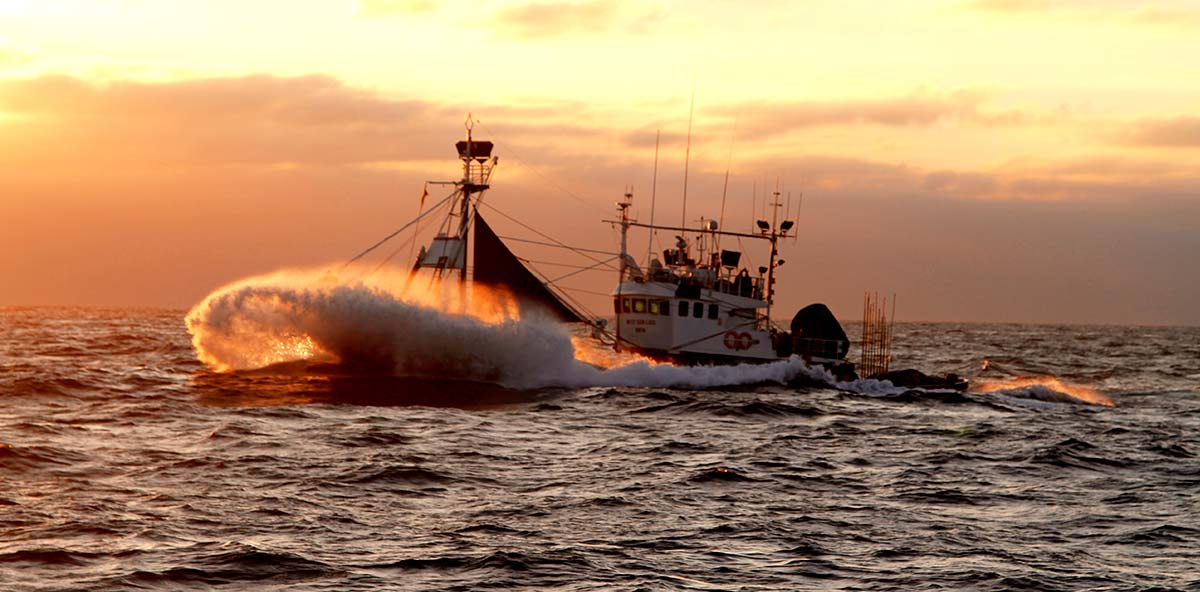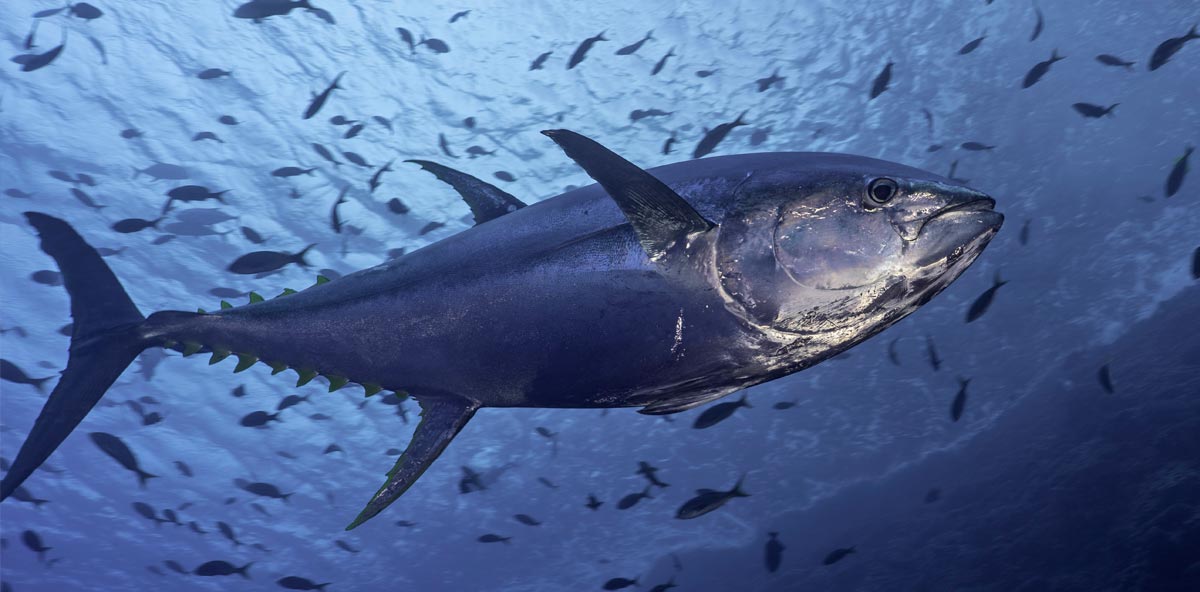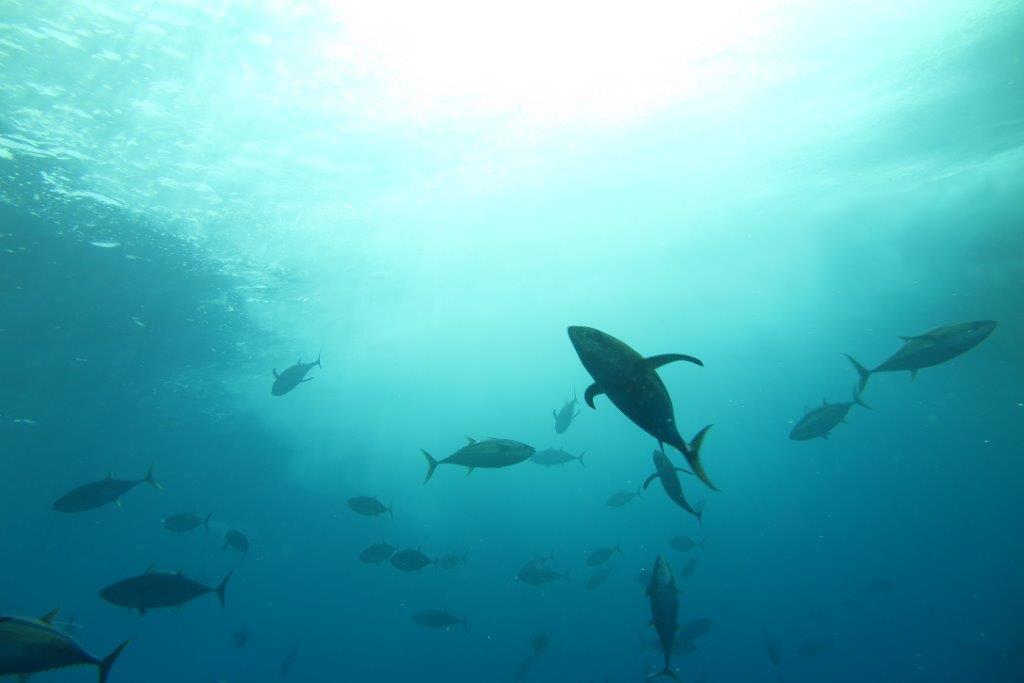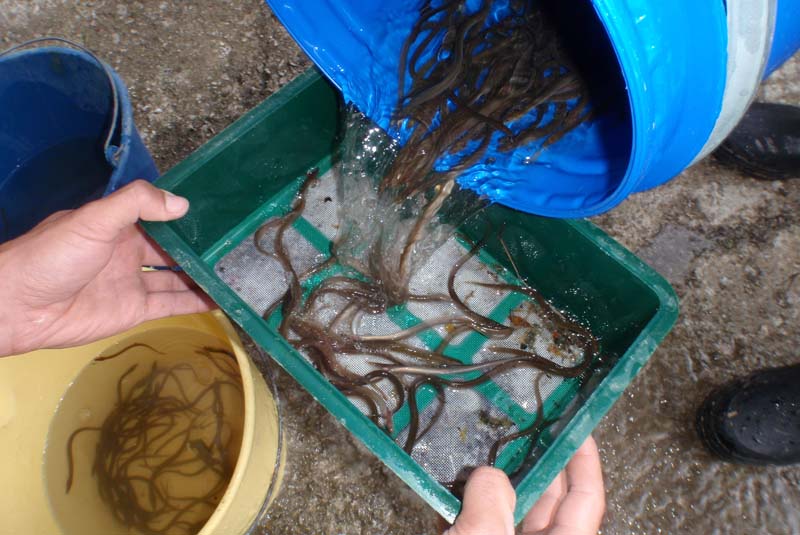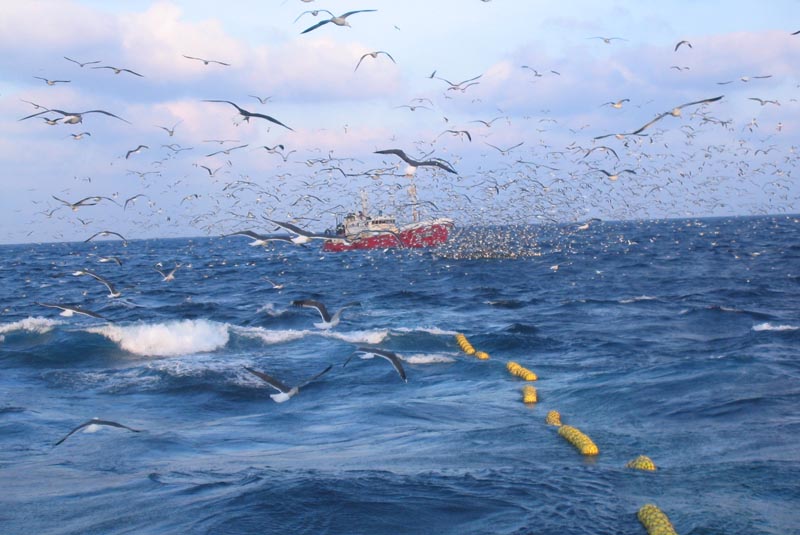NEGULABUR
Spatial-temporal distribution of bluefin tuna in the Bay of Biscay

Context
Following the bluefin tuna recovery plan implemented by ICCAT, the biomass of bluefin tuna has greatly increased and the current TAC for the East Atlantic and Mediterranean stock is the highest in history. However, the significant increase in bluefin tuna biomass is generating notable changes in the ecosystem, with several fisheries affected throughout the Northeast Atlantic and Mediterranean. In the Bay of Biscay, this increase in biomass has been accompanied by a series of additional changes in the spatio-temporal distribution pattern and the average size of the tuna, affecting several fisheries in the Bay of Biscay. On the one hand, large specimens of bluefin tuna appear in winter (which are the object of incidental fishing), and on the other hand, juvenile specimens are not found as many in summer. These changes in the spatial-temporal distribution affect the quality of the abundance indices on which the current management of bluefin tuna is based, so it is important to understand the effects on the index obtained in the bluefin tuna acoustic campaign in the Bay of Biscay, which, paradoxically, does not show the upward trend observed in other indicators.
Taking into account the possible impact of changes in the spatial and temporal distribution of bluefin tuna, it is considered advisable to carry out scientific studies with the aim of improving knowledge of this distribution, which will allow better management of resources and fishing fleets.
Objectives
The general objective of the project is to improve knowledge of the current spatio-temporal distribution of bluefin tuna, with special emphasis, on the one hand, on the large bluefin tuna that visit the Bay of Biscay in winter (with possible effects on several winter and spring fisheries) and, on the other, on the juvenile bluefin tuna that have traditionally visited the Bay of Biscay in the summer season and have nourished our traditional fisheries.
The specific objectives are
- To gather information on the spatial and temporal distribution of bluefin tuna visiting the Bay of Biscay, including new electronic tagging activities on the large specimens that visit these waters in winter.
- To analyse all available information on electronic tagging to characterise the horizontal and vertical habitat of bluefin tuna, as well as their migratory behaviour.
- Assign origin to large wintering tunas to ascertain their Mediterranean origin and rule out that they come from the Gulf of Mexico.
- Advise on possible changes in distribution and their impact on the abundance index in the Bay of Biscay, as well as in other fisheries.
| Duration |
2023-2024 |
| Funding |
Eusko Jaurlaritza – Basque Government through the European Maritime, Fisheries and Aquaculture Fund |


